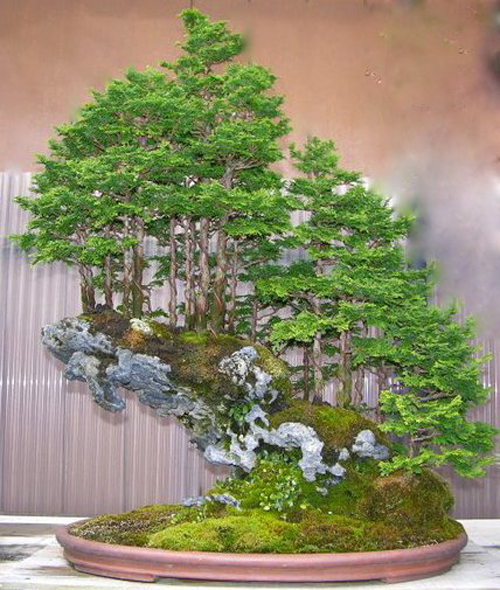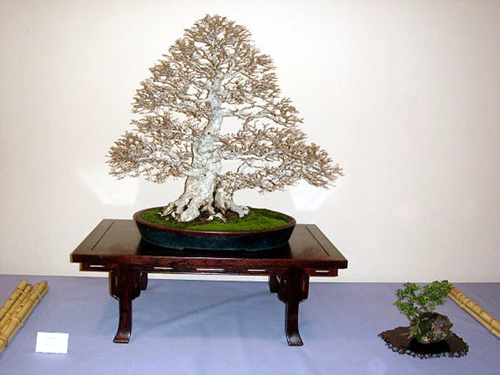
This is a wonderful tree and the presentation is quite good (though it is difficult to make out the companion plant and some of the details on the main tree). I think it might be a hornbeam. It’s from Bonsaimania on facebook. All it says is: La foto de este bonsái pertenece al álbum de Jordi Escaler (The photo belongs to Jordi Escaler’s album). Do you think this tree belongs to Jordi? When I tried to follow the link provided, ‘content unavailable’ came up. When I searched Jordi Escaler bonsai, I struck out.
Attribution would be good, no?
Facebook and other web destinations are full of unattributed photos of bonsai. Often, what appears to be attribution is just a mention of whose album the photo comes from. At a glance, you might think the owner of the album is the artist (see the comments on our last post), but alas, as often as not (more often than not?) the person who puts up a tree is not the artist or the photographer. They simply found the photo somewhere, liked it, and put it up.
It’s legal, but…
As far as I know, posting photos without attribution doesn’t violate any copyright laws, nor does it seem to bother facebook (and other sites where photos are posted). However, would you like to see one of your trees posted by John Doe with a discussion of how great John’s bonsai is? It happens.
It’s not just that
Seeing your bonsai attributed to someone else can’t make you too happy. But, even beyond that, wouldn’t it be helpful to simply know who the artist is when a bonsai is posted? Too me this seems like a very basic piece of information. You know, just helping to keep things straight. Beyond that, it might even be useful… you could look up the artist and see what else he/she is up too, or you might want to discuss the tree with the artist, or even see about purchasing one of their trees (certainly a plus for the artist).
Worst of all…
I think perhaps some people enjoy misleading others into think a work of art is theirs, when it’s not (okay, maybe I’m a little paranoid on this one, but still…).
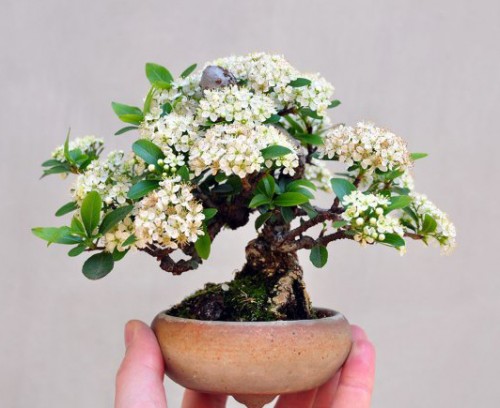
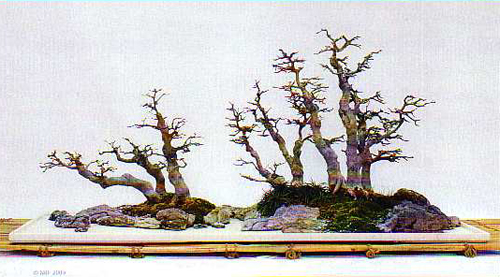 Winter display, from the Chinese collection at the
Winter display, from the Chinese collection at the 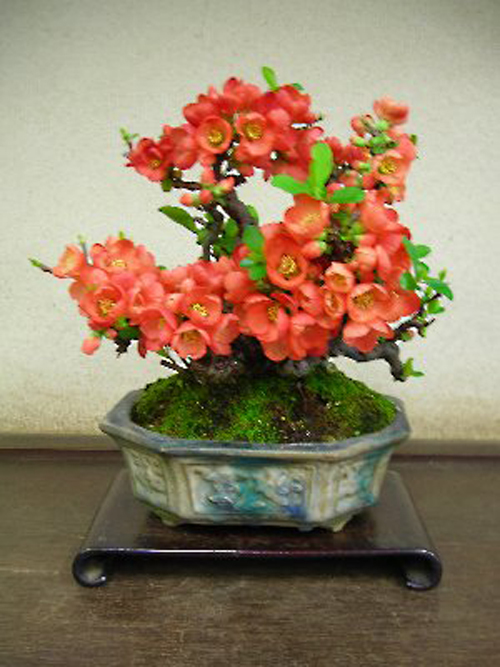
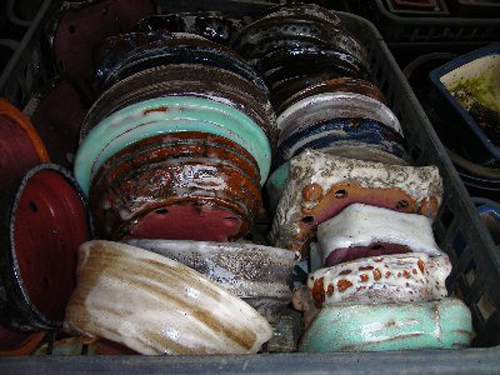
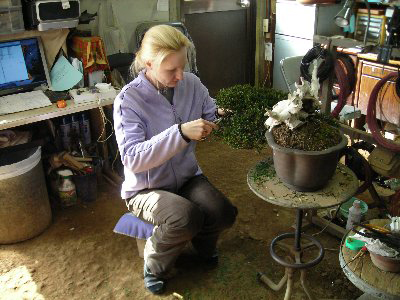
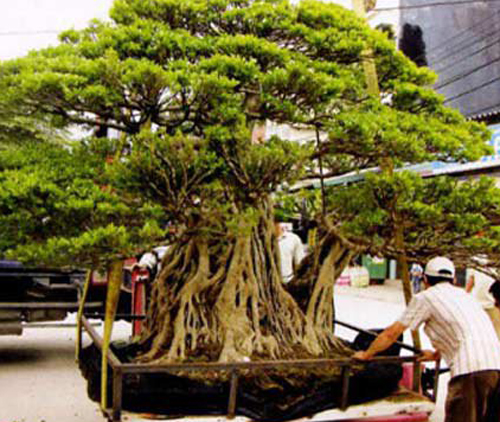
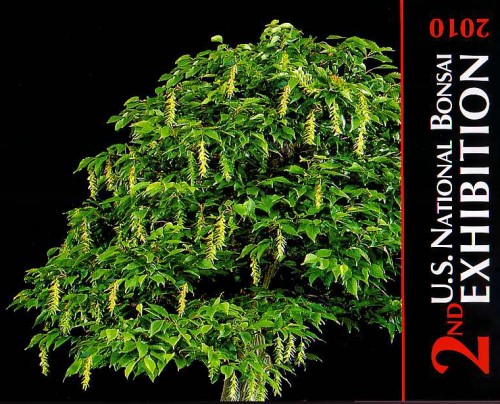

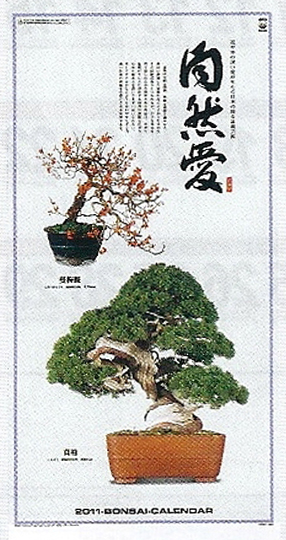
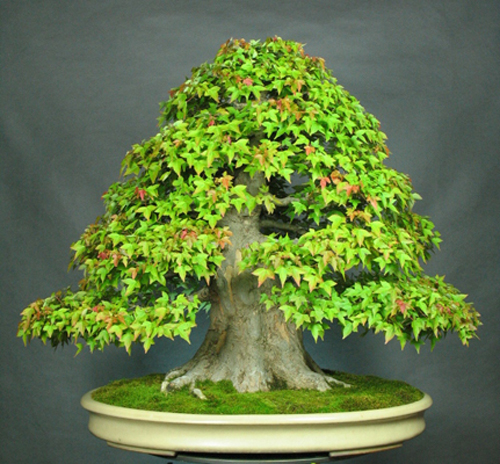
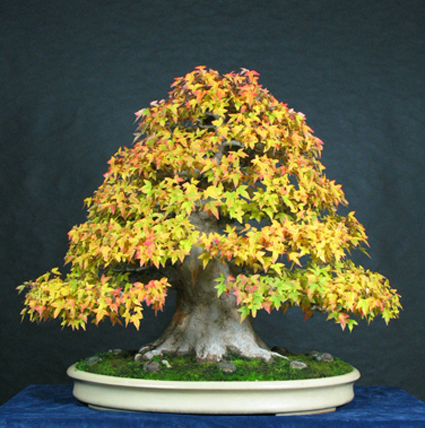
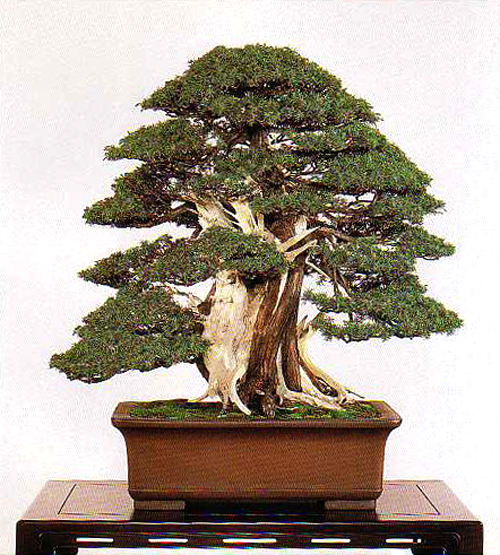
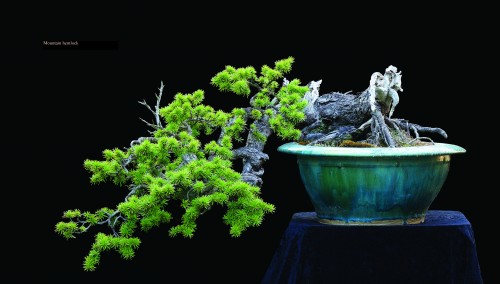
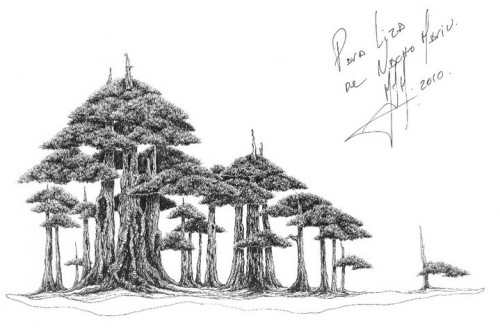 Though I don’t think this has much to do with ‘rules of bonsai,’ I like a well done bonsai drawing and this one qualifies. I found it
Though I don’t think this has much to do with ‘rules of bonsai,’ I like a well done bonsai drawing and this one qualifies. I found it 
